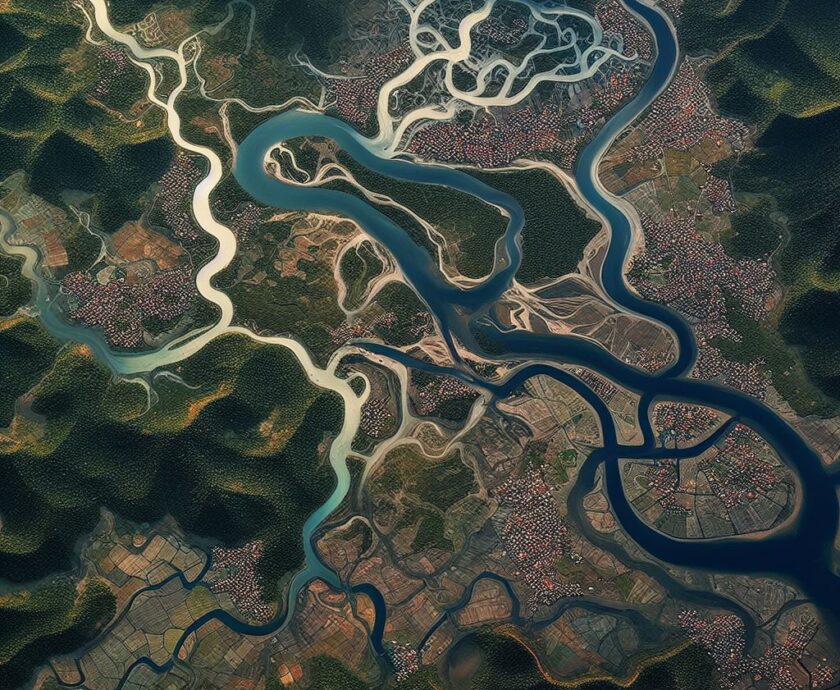
Ecosystem of Tropical Peatlands – A Journey of Homeostasis and Resilience
Tropical Peatlands are a unique ecosystem marked by their remarkable capacity for self-regulation and resilience over time. After a period of drainage, this environment revealed an incredible ability to remember its original configuration, a kind of “selective memory” incorporated into its dynamics.
The initial drainage altered the conditions of the soil and water, challenging the ecosystem’s homeostasis. However, over time, an interesting phenomenon was observed: the ecosystem’s tendency to return to a state that reflects its original composition. This suggests an intrinsic ability for compensation and adjustment, where ecosystem elements interact intricately to restore stability.
A crucial aspect of this process is the interaction between water and solar energy. The sun, influencing water temperature, plays a fundamental role in the thermal regulation of the ecosystem. In return, the water, now restored to its original function, contributes to maintaining thermal balance in the environment, forming a cycle of compensation.
Homeostasis in Tropical Peatlands is fueled by the complexity and interconnection of its components. Biological diversity, from soil microbiota to flora and fauna, acts as a stabilizing force. This complexity not only contributes to the ecosystem’s resilience but also facilitates its ability to adapt to environmental changes.
Furthermore, the ecosystem’s compensatory capacity is evident in the ionic exchange of clay present in the soil. Clay, with its property of absorbing and releasing ions, contributes to the chemical self-regulation of the environment, influencing water pH and maintaining it in dynamic balance.
In summary, the ecosystem of Tropical Peatlands exemplifies nature’s incredible ability to adapt, learn, and self-regulate. Its post-drainage history is not just a narrative of overcome challenges but a testament to the intrinsic resilience and harmony present in natural ecosystems.
We would like to include some validations of this thesis with physical-chemical tests of water over a period of 24 months.
03/12/2021
pH :2,8
C.E :8,561
25/01/2022
pH 2,9
C.E.8.61
03/07/2023
pH: 2,7
C.E.:7,561
The analyses confirm that even during rainy periods, the water’s pH did not oscillate significantly or show much differentiation from periods with less rain. This demonstrates an intrinsic self-regulation to maintain water parameters consistently throughout all months of the year.
The results of the physical-chemical analyses reveal a notable stability in water parameters over 24 months, even during rainy periods. The pH’s constancy, without significant oscillations, and the relative uniformity in electrical conductivity indicate a resilient system capable of maintaining its own balance despite climatic variations.
This consistency highlights not only the ecosystem’s resistance to seasonal changes but also suggests the presence of intrinsic self-regulation mechanisms. The fact that the water’s pH remained stable, regardless of rainfall quantity, indicates a unique ability to self-adjust, ensuring parameters remain consistent throughout all months of the year.
This discovery reinforces the idea that Turfeira de Turfas is more than a simple ecosystem; it is a dynamic and self-sufficient system where complex interactions between soil, water, and biological components form an intricate network of balance and resilience. These results not only corroborate the initial narrative about the ecosystem’s self-regulation but also shed light on its extraordinary ability to maintain stability in diverse conditions.




